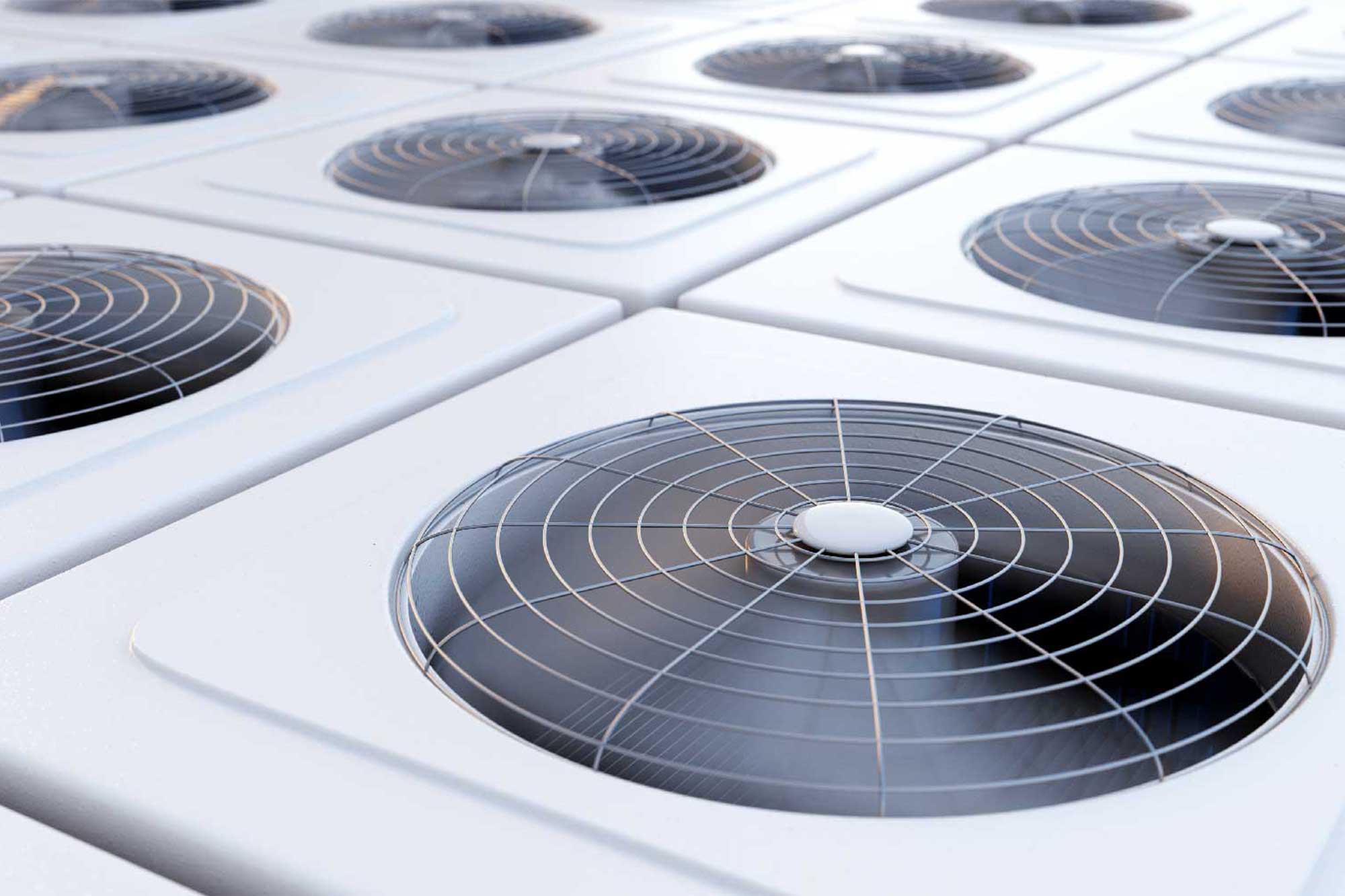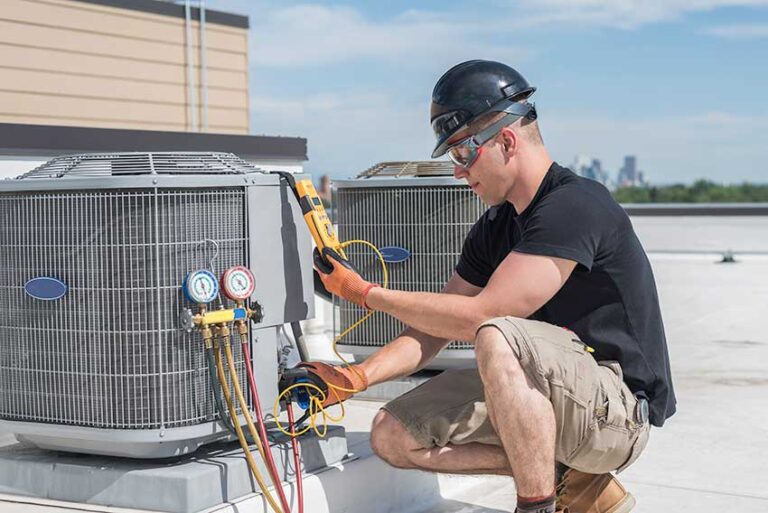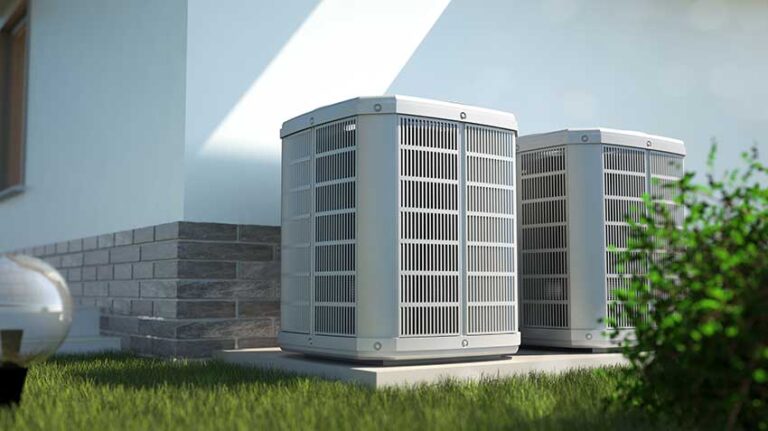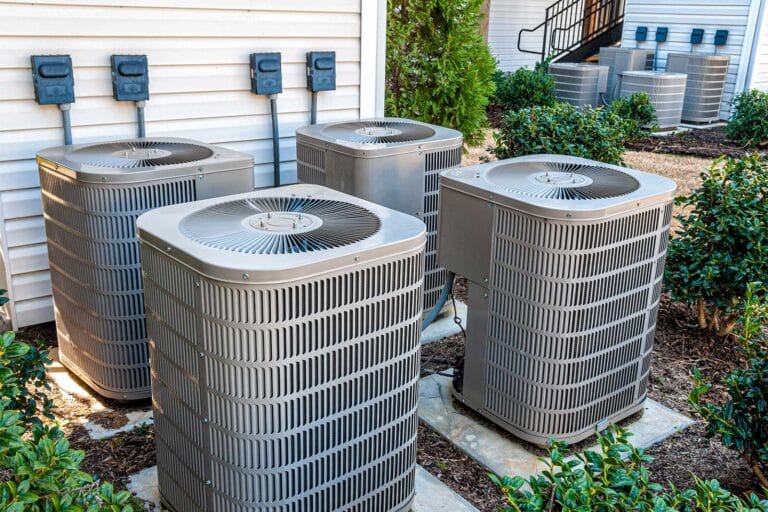How Does an HVAC System Work? Let’s Break This Down
Blue Valley Heating and Cooling is a licensed company relying on our experienced team to help customers understand what is an HVAC system and explain how it works and when you need to repair it.
Keeping your home warm in winter and cool in summer is not easy, at least from the technical point of view. An HVAC system installed by a professional HVAC contractor, however, might help as these units are designed to make it easy to set the desired temperature in any room – a job even a child can do. But what is an HVAC system and why is it so complicated to get warm or cool air in your home? Since many customers ask us this question, we have decided to prepare a detailed breakdown of how an HVAC system components work, what are they made up of, and why the installation work is so complex and oftentimes costly.
Let’s start with the basics.
What Is an HVAC System?
The acronym “HVAC” stands for Heating, Ventilation, and Air Conditioning. The working principle of any HVAC unit is to:
- bring fresh air from the outside
- heat or cool it to the desired temperature you set
- introduce it into your home
- remove stale air from each room
At the same time, the HVAC system has the role of purifying the air by filtering dust particles and controlling the humidity level in each room. While there are different types of HVAC systems, all of them serve the same purpose: to control the entire indoor atmosphere by regulating temperature, air quality, and humidity.
It is the only solution for creating comfortable living conditions for people all over the US, from the scorching desert of Arizona to the frozen coast of Alaska. Now, in order to understand how it works, let us first explain the basics of HVAC systems.
The Main HVAC System Elements
An HVAC system is very complex; it consists of multiple parts and component, and all of these parts are interconnected. Neglecting a malfunctioning part may lead to damage to other elements of the unit.
Understanding HVAC systems can be difficult, so we decided to make it simple. We believe that it would not help you very much to go into technical descriptions too much. Instead, we provide here a brief description of the fundamental parts of HVAC systems:
The Furnace
The furnace is the element of the central HVAC system which heats up the air. It creates a comfortable temperature indoors during the cold season. It uses gas to heat up air absorbed from outdoors through a heat exchanger.
The furnace is usually located in a safe and well-ventilated area, away from children and pets, such as in the basement or in the attic. If you do not have these, the HVAC contractor will build a special cabinet for the furnace in the pantry or in another part of the house where it is not in the way of your family’s daily activities and can be properly ventilated.
The Air Conditioning Unit
The AC unit is connected to electricity. It uses a refrigerant liquid (usually Freon) to cool the warm air from outside. This part of the HVAC system is usually installed outdoors, either on the ground or in a metal cage fastened to the wall.
The Thermostat
If the furnace and the air conditioning unit are the muscle of the HVAC system, the thermostat is its brain. This is the part of the unit that users interact with. It consists of a small console with push buttons and a small LCD screen. You use the buttons to set the desired temperature. The thermostat uses its sensors to monitor the air temperature inside the room. When it reaches the desired temperature, the thermostat will turn the HVAC system off.
Smart thermostats are capable of learning your preferred temperatures for various rooms and from season to season. Afterward, they can automatically set the ideal temperature with no input from you.
The Ductwork
Your next question might be, how does an HVAC system work in the sense of bringing warm or cool air into each room? This is where the ductwork comes into play. Ductwork is a network of tubes connecting the furnace and AC unit with vents installed in each room in your home. The air is blown into the room through these vents.
Ductwork is essential for the efficient operation of the HVAC system. Any cracks or punctures would reduce the airflow, bring impurities into the air blown into rooms, and cause the unit to work overtime in order to create the desired temperature in each room.
So, How Does HVAC Work?
The thermostat is the part of the HVAC system that controls how each part of the unit works. Warm air and cool air both circulate through the same ductwork. Other parts of the unit (motors, blowers, exhaust outlets) ensure a complete cycle for the air, making sure that you get fresh, conditioned air in the room, while stale air is eliminated outdoors.
Let Our HVAC Specialists Help You with Installation and Repair
Hopefully, this article helped you gain an understanding of the fundamentals of HVAC systems. If you have any questions, turn to the team of licensed HVAC contractors here at Blue Valley Heating and Cooling. Our skilled specialists have worked with almost every brand and model of HVAC systems, from the early models to the most modern equipment, and we know the process of installation inside and out.
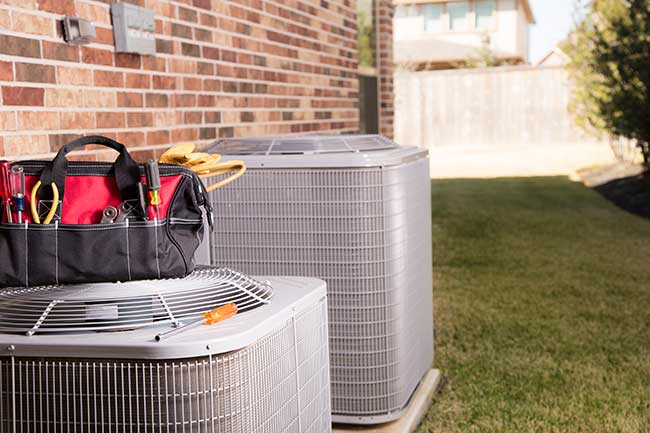
You can find our offices in Longmont, CO, but we also serve residential clients in:
Call us now: (720) 204-8139!

